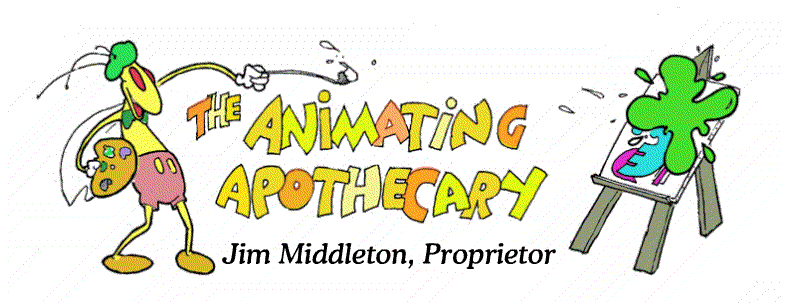In an 1802 letter to the Baptists of Danbury,
Connecticut, Thomas Jefferson coined the phrase “separation of Church and
State.” He used it to explain his conviction that the first amendment to the
Constitution was meant to “restore to man all his natural rights, convinced he
has no natural right in opposition to his social duties;” that there should not
be an established church by the State, but that all citizens should have
religious freedom in this nation.
His was a time of forced tithing to the Anglican church, with its doctrines carrying the essential force of law. Because Jefferson was tolerant of all religions, he was attacked as atheist, just as Socrates was called “that atheist who only believes in one god.”
The phrase, “separation of Church and State,” has been held as a banner by both sides of the prayer issue. The issue, actually, is moot.
There is no prohibition on prayer in schools.
What there is, however, is a prohibition of an adult authority figure, whose salary is paid by public funds, to initiate a group prayer activity toward impressionable youth who are heavily influenced by peer pressures.
Those who contend that prayer is “forbidden” are actually upset that “their” prayer is forbidden. The Gallup and Lindsay poll of 1999 indicating that 2/3 of the population supports an amendment that would permit prayer in school shows how effective that campaign has been to give the perception that prayer is somehow presently disallowed.
I grew up in a time of public school, teacher-lead prayer over our mid-session Kindergarten snack of dubious nutritional value.
The rote repetition of “GodisgreatGodisgoodLetusthankHimforourfoodamen” meant nothing to me, and its court mandated absence in 1962 also meant nothing. I only recall asking my teacher about the word “amen,” thinking it should be “a man” or “the men” and being told it was time for my nap.
His was a time of forced tithing to the Anglican church, with its doctrines carrying the essential force of law. Because Jefferson was tolerant of all religions, he was attacked as atheist, just as Socrates was called “that atheist who only believes in one god.”
The phrase, “separation of Church and State,” has been held as a banner by both sides of the prayer issue. The issue, actually, is moot.
There is no prohibition on prayer in schools.
What there is, however, is a prohibition of an adult authority figure, whose salary is paid by public funds, to initiate a group prayer activity toward impressionable youth who are heavily influenced by peer pressures.
Those who contend that prayer is “forbidden” are actually upset that “their” prayer is forbidden. The Gallup and Lindsay poll of 1999 indicating that 2/3 of the population supports an amendment that would permit prayer in school shows how effective that campaign has been to give the perception that prayer is somehow presently disallowed.
I grew up in a time of public school, teacher-lead prayer over our mid-session Kindergarten snack of dubious nutritional value.
The rote repetition of “GodisgreatGodisgoodLetusthankHimforourfoodamen” meant nothing to me, and its court mandated absence in 1962 also meant nothing. I only recall asking my teacher about the word “amen,” thinking it should be “a man” or “the men” and being told it was time for my nap.
